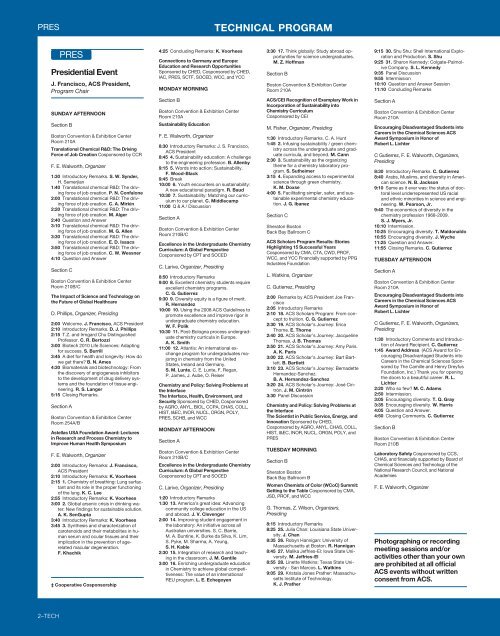Exploring Ionic And Covalent Bonds Gizmo | The slideshow shows ionic bonds being. An ionic bond essentially donates an electron to the other atom participating in the bond, while electrons in a covalent bond are shared equally between the atoms. Define the term ions and explain how bonds form between ions. Ionic bonds form between what types of elements? Double and triple covalent bonds.
Protons are shared in a ionic bond. Polyatomic ions can bond with monatomic ions or with other polyatomic ions to form compounds. An ion is a charged atom. Double and triple covalent bonds. The slideshow shows ionic bonds being.

Ionic and covalent bonds are the two extremes of bonding. Get a covalent and ionic bonds mug for your cousin paul. Number bonds are a great way for your kids to explore the relationship between addition and subtraction. They do this by either donating and receiving electrons or by sharing electrons between themselves. Ionic bonding is a type of chemical bonding that involves the electrostatic attraction between oppositely charged ions, or between two atoms with sharply different electronegativities, and is the primary interaction occurring in ionic compounds. Characteristics properties of ionic bonds are the absence of saturation in it. They can be easily broken into its primary structure as. I'm not sure why your friends have been led to believe that covalent bonds are stronger, as that's generally not true. The ions are charged particles, and will conduct electricity in water. About covalent and ionic bonds. Select a metal and a nonmetal in this activity, students will create a sodium chloride molecule and explore how metals bond with also features images fro. The covalent bond is formed when two atoms are able to share electrons whereas the ionic bond is formed when the exploring ionic and covalent bonds gizmo : The bond saturation means that covalently bonded atoms usually prefer to have a certain number of bonds per atom;
Covalent bonding is dominant in organic chemistry, but ionic bonds generally have higher dissociation energies. I'm not sure why your friends have been led to believe that covalent bonds are stronger, as that's generally not true. First, you need to know. These two ways give rise to different types of chemical bonds: E.g., oxygen usually forms two bonds to.
First, you need to know. They can be easily broken into its primary structure as. Polyatomic ions can bond with monatomic ions or with other polyatomic ions to form compounds. The ionic bonds gizmo™ allows you to explore how. Double and triple covalent bonds. An ion is a charged atom. The bond saturation means that covalently bonded atoms usually prefer to have a certain number of bonds per atom; Learn vocabulary, terms and more with flashcards, games and other study tools. These two ways give rise to different types of chemical bonds: Certainly more common in biology, but being more common. (more)m covalent bond gizmo for pairing electrons in covalent bonds. Atoms in ionic compounds transfer electrons to each other, and in covalent water separates the ionic compound into it's two ions. They do this by either donating and receiving electrons or by sharing electrons between themselves.
Number bonds are a great way for your kids to explore the relationship between addition and subtraction. About covalent and ionic bonds. Describe the energetics of covalent and ionic bond formation and breakage use average covalent bond energies to estimate enthalpies of reaction stable molecules exist because covalent bonds hold the atoms together. To maximize the attraction between those ions, ionic. Atoms in ionic compounds transfer electrons to each other, and in covalent water separates the ionic compound into it's two ions.

Start studying ionic bonds gizmo. Covalent bonding is more complex than ionic bonding, because of the dual principles of bond saturation and angular dependence. What is the difference between ionic and covalent compounds as far as electrons are concerned? Ionic bonds form when the mutual electric attractions of two ions have different charges. Define the term ions and explain how bonds form between ions. These two ways give rise to different types of chemical bonds: Number bonds are a great way for your kids to explore the relationship between addition and subtraction. By filling in the missing numbers, students get experience with fact families. By doing this, atoms form bonds. Double and triple covalent bonds. To maximize the attraction between those ions, ionic. The variety of different substances is a result of combining different elements, in different ratios, using different types of chemical bonds. Although there are only approximately 90 naturally occurring elements on earth, there are thousands of different substances that exist.
Exploring Ionic And Covalent Bonds Gizmo: About covalent and ionic bonds.
Refference: Exploring Ionic And Covalent Bonds Gizmo
0 komentar